(We’re updating this post today because we’ve had some new experiences!)

I know this may be an unpleasant subject to deal with, but even a moderate disaster can turn out to be more than an inconvenience. The issue?
Coping with primitive sanitary conditions.
Even if you have to put up with them only temporarily, dealing with such conditions requires ingenuity as well as fortitude. But deal with them you must.
What could trigger a sanitation emergency?
- Broken pipes. Even a moderate earthquake can result in broken water pipes. Within minutes, you’ll be unable to flush your toilet. People near the break may be faced with seepage of raw sewage.
- Power outage. A local water tower functions using gravity, but most urban systems depend on electrical pumps to move water and manage sewage. In a severe storm, these systems may shut down or overwhelm their back-up generators.
- Flooding. If too much water pours down into the drainage system, drains and ultimately sewage treatment plants may be overwhelmed, even without any actual breakage.
Any one of these circumstances could pose a serious health threat to you and your family.
What options do you have?
In the home, what’s important is to act IMMEDIATELY to seal off your home from contamination if you suspect a breakdown in either the water or sewer systems.
Shut off the water.
Even if your home isn’t damaged, you don’t want contaminated water flowing into it. At the first suggestion of problems, it’s easy enough to protect yourself by turning the water off at the house.
Block off the sewer.
You’ve surely experienced clogged plumbing, with waste water rising up in the shower, or a toilet overflowing instead of flushing neatly down. This is what we want to avoid!
If you know the sewer system has been compromised, AND YOU HAVE MADE ARRANCEMENTS FOR THIS IN ADVANCE, you could consider plugging your main sewer line with an inflatable plug to keep sewage from backing up from the system into your home. (Read on for more about this.)
Keep people from using the toilet!
Of course, you can’t keep people from having to go – so you need to arrange a safe place for collecting feces, bile material and sanitary napkins.
We’ve written before about temporary toilets.
- The easiest solution? Line your regular toilet with heavy-duty plastic bags – the kind that are made for trash compactors.
- Second best solution? Line a 5-gallon bucket with the same compactor bags.
Some duct tape may help keep the bags where you want them.
How to dispose of sewage?
When you use your temporary toilet, add some disinfectant. (See below for suggestions.)
After bags have been used a few times, close and seal the bags, remove from the home, and store in a designated place – perhaps in a hole in the ground, preferably at a distance from the house and from traffic, where bags won’t be accidentally damaged.
Next steps? Store supplies BEFORE the emergency.
These are “general suggestions” that may or may not be appropriate for your situation. Talk over the alternatives at one of your community emergency response team meetings or discuss with your local police and fire authorities.
In any case, think it through and make sure you have the supplies you need. Here are some of the items discussed in this Advisory. (As always, click on the images to go directly to Amazon for full details and current pricing. If you buy we may get a small commission — your price won’t be affected!)
Compactor bags. These are NOT ordinary garden or trash bags! They are made specifically for trash compactors. Get the sturdiest you can find. Costs start at about a dollar apiece and go down dramatically, the more you buy. Click on the images for details. These examples show a price range, but if you are buying for emergency use, you need more than just a dozen!




Disinfectant
Use your favorite. I prefer Clorox – the original, unscented kind, of course.


We’ve also used toilet deodorant chemicals in our motor home travels. This brand is specifically for portable toilets. Cost at Amazon is less than $10.


 Rubber gloves – not the lightweight nitrile ones you see in the doctor’s office, or the simple rubber ones you might have under your sink for washing dishes. Here’s a pair designed for heavy duty use. Again, click the image for details and exact pricing.
Rubber gloves – not the lightweight nitrile ones you see in the doctor’s office, or the simple rubber ones you might have under your sink for washing dishes. Here’s a pair designed for heavy duty use. Again, click the image for details and exact pricing.


Inflatable sewer plug
Get professional help to know what size to get and how to install it. Note these come in 2,3 and 4″ sizes to fit your pipes. Prices range from $20-$40 depending on size.
 .
.
Bucket
Different colors have different prices (starting at around $15). Here’s one from a popular manufacturer, without a lid:


And with lid (different manufacturer), add about $5 – $10.


You may already have some of these supplies around the house. Just be sure you don’t inadvertently run low or run out and find yourself in a fix if an emergency hits.
I know some of our readers have purchased different types of travel toilets. If you have experience with them, let us know in the comments!
Virginia
Your Emergency Plan Guide Team


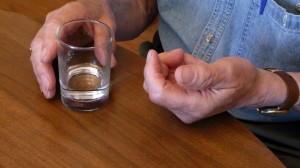
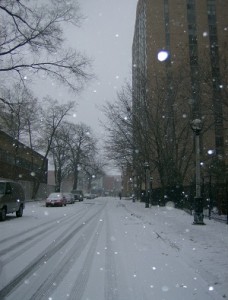












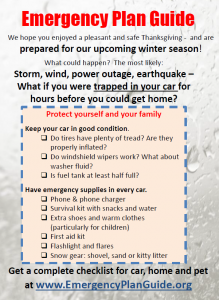



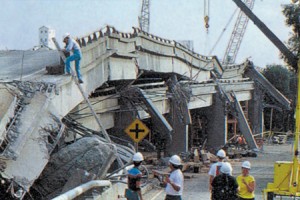

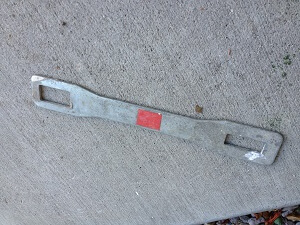




 It’s bad enough to weather a storm or ride out an earthquake that leaves you with many thousands of dollars in damage. But, if local power is out, roads are obstructed and you can’t get to your money in the bank, chances are you have bills that are going to go unpaid for some period of time . . . long enough to incur late charges and even serious damage to your credit rating.
It’s bad enough to weather a storm or ride out an earthquake that leaves you with many thousands of dollars in damage. But, if local power is out, roads are obstructed and you can’t get to your money in the bank, chances are you have bills that are going to go unpaid for some period of time . . . long enough to incur late charges and even serious damage to your credit rating.